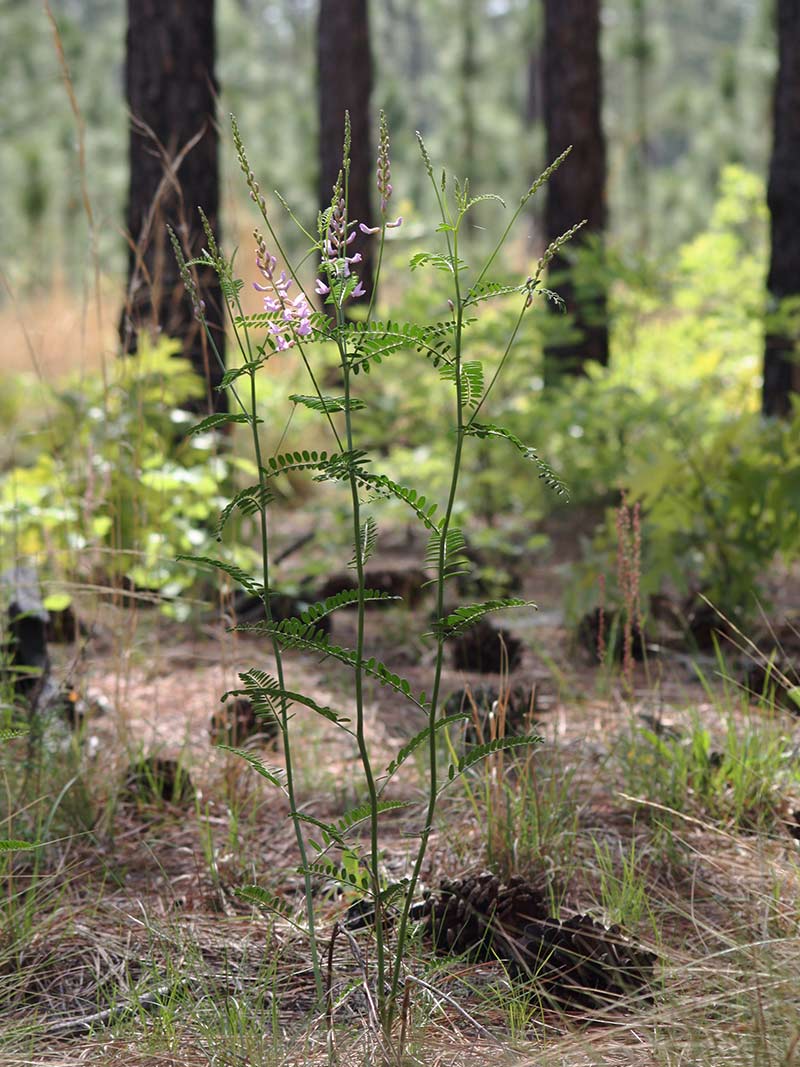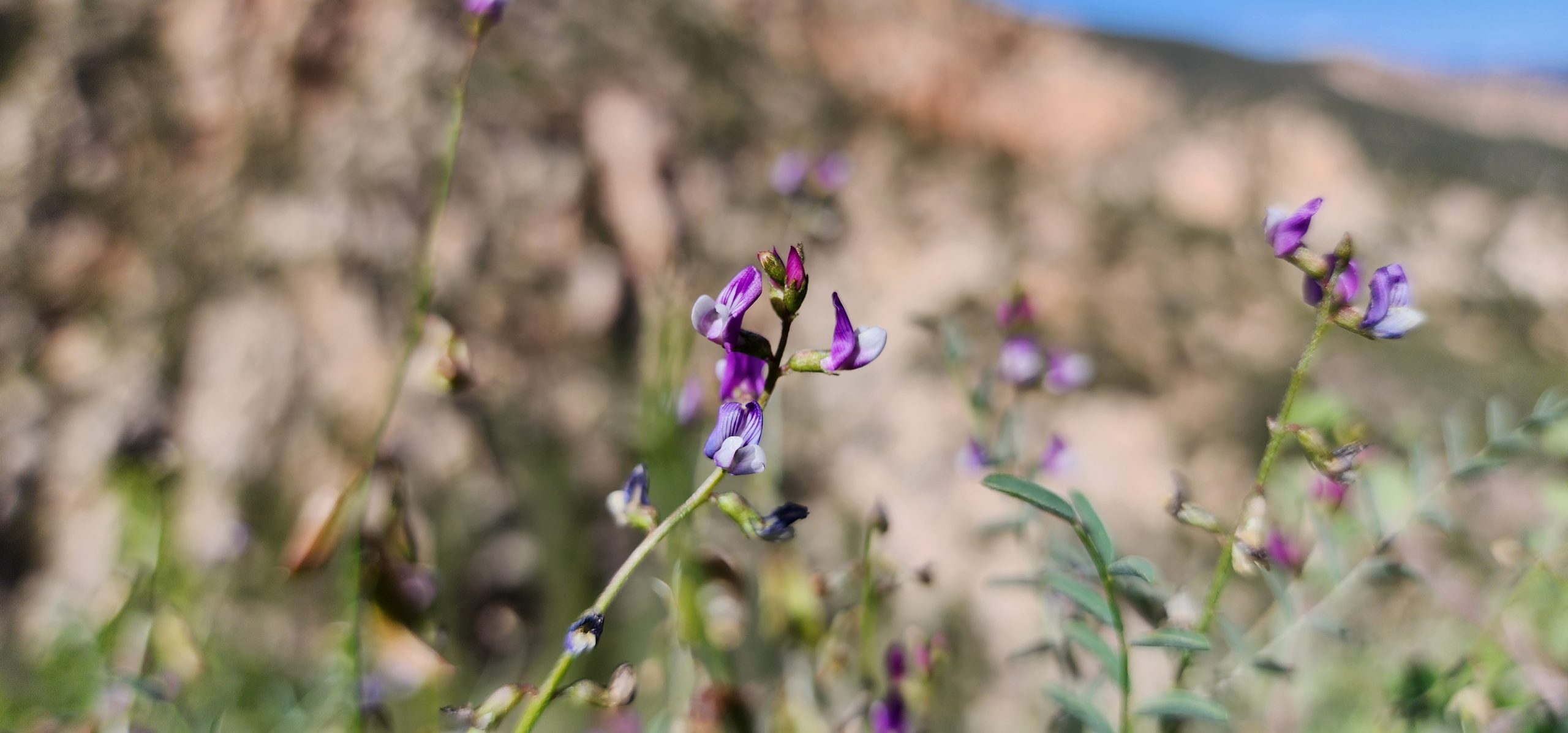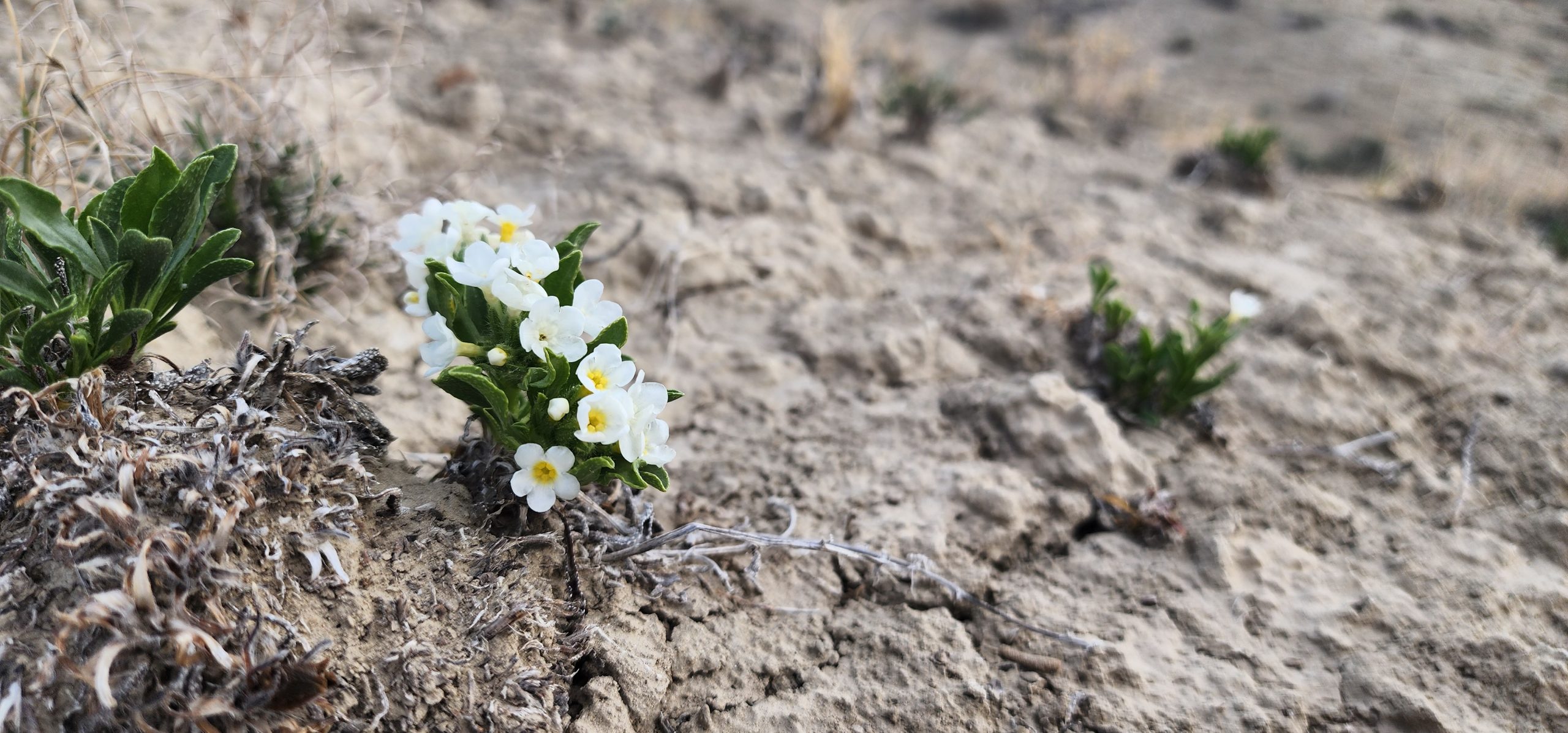Save Plants
CENTER FOR PLANT CONSERVATION
September 2020 Newsletter
Teaching and learning have reciprocal benefits that form ripples of impact for the benefit of rare plants. Teachers get the opportunity to watch the light bulbs turn on when there is an “Ah ha!” moment of discovery and understanding. Learners get a chance to have a helping hand of experience, while they make their own footprint on our world. In this month’s Save Plants, we explore some key teaching-learning experiences offered within the CPC Network. We learn about programs at two universities that encourage botanical and plant conservation skills – the Interactive Ecology Course at University of California Santa Cruz and the University of Washington Rare Care Program. Our Conservation Champion Wendy Gibble describes ways that students are involved with researching issues of rare plant management on public lands. We visit current and past recipients of the Garden Club of America’s distinguished Catherine H. Beattie Fellowships to learn about what they are doing and how their work influences rare plant conservation. We are proud to nurture growth of the next generation of plant conservation scientists and to see how a fellowship, a course, and an interaction with experienced scientists can guide life-long paths toward helping rare plants.
From the CPC National Office, we wish you and your families great teaching and learning experiences, continued safety and good health.
Joyce Maschinski and the CPC Team
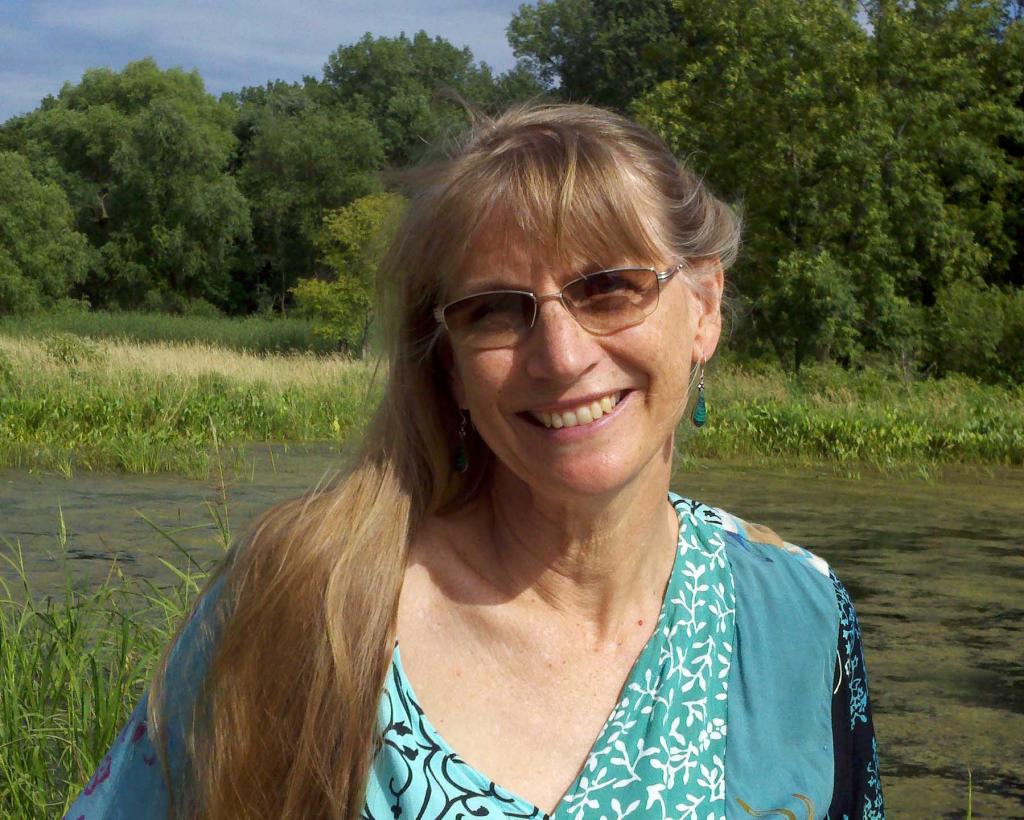
Joyce Maschinski
CPC President & CEOGaining Experience and Experiences in the Interactive Ecology Course
The fall of 2018 found Brett Hall winding down the steep cliffs to a fairly secluded beach with fellow surfer Jonathan Robbins. This wasn’t your typical surf trip – though surfing the big, perfect waves was a must. Brett, California Native Plant Program Director at the UC Santa Cruz Arboretum and Botanic Garden (the Arboretum), was leading Jonathan and other students along the beach to learn the plants and geology of the area, as part of the Interactive Ecology internship run by the Arboretum.
The course, offered quarterly by the University of California Santa Cruz, is also part internship and emphasizes field experiences that enable students to see and learn in person about the variety of plant communities in the state. And, if some great surf can be enjoyed after checking the shore for coastal endemics, all the better!
To be sure, Jonathan wasn’t in the course for the surf. That fall was actually his second quarter taking the internship course – he was an earnest student who had signed up for the remaining quarters that year. He also completed his senior exit project with the Arboretum, developing a high school science class curriculum that follows the approach of the Interactive Ecology internship course to teach the ecosystems of California.
Hundreds of students have come through the Interactive Ecology program over the past 15 years, averaging about 10 per quarter. Many, like Jonathan, choose to take the class through multiple quarters and possibly beyond. The nature of the Arboretum’s work provides variety with each quarter, as projects, phenology, and seasonal needs all carry new learning opportunities. The goal of the program is to teach as much botany as possible to students – plant identification, ecology, how to conduct vegetation surveys, horticulture, and seed conservation are all covered.
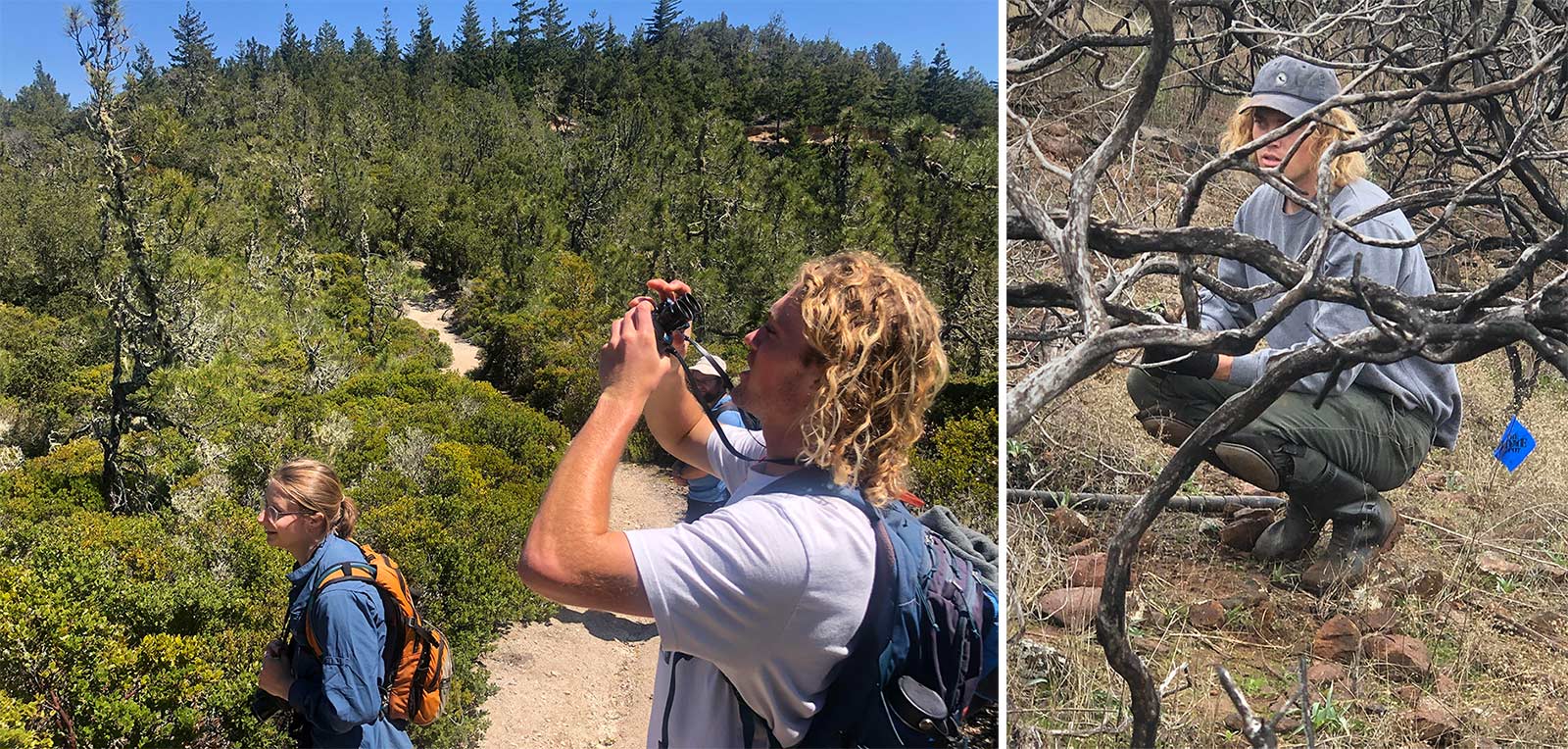
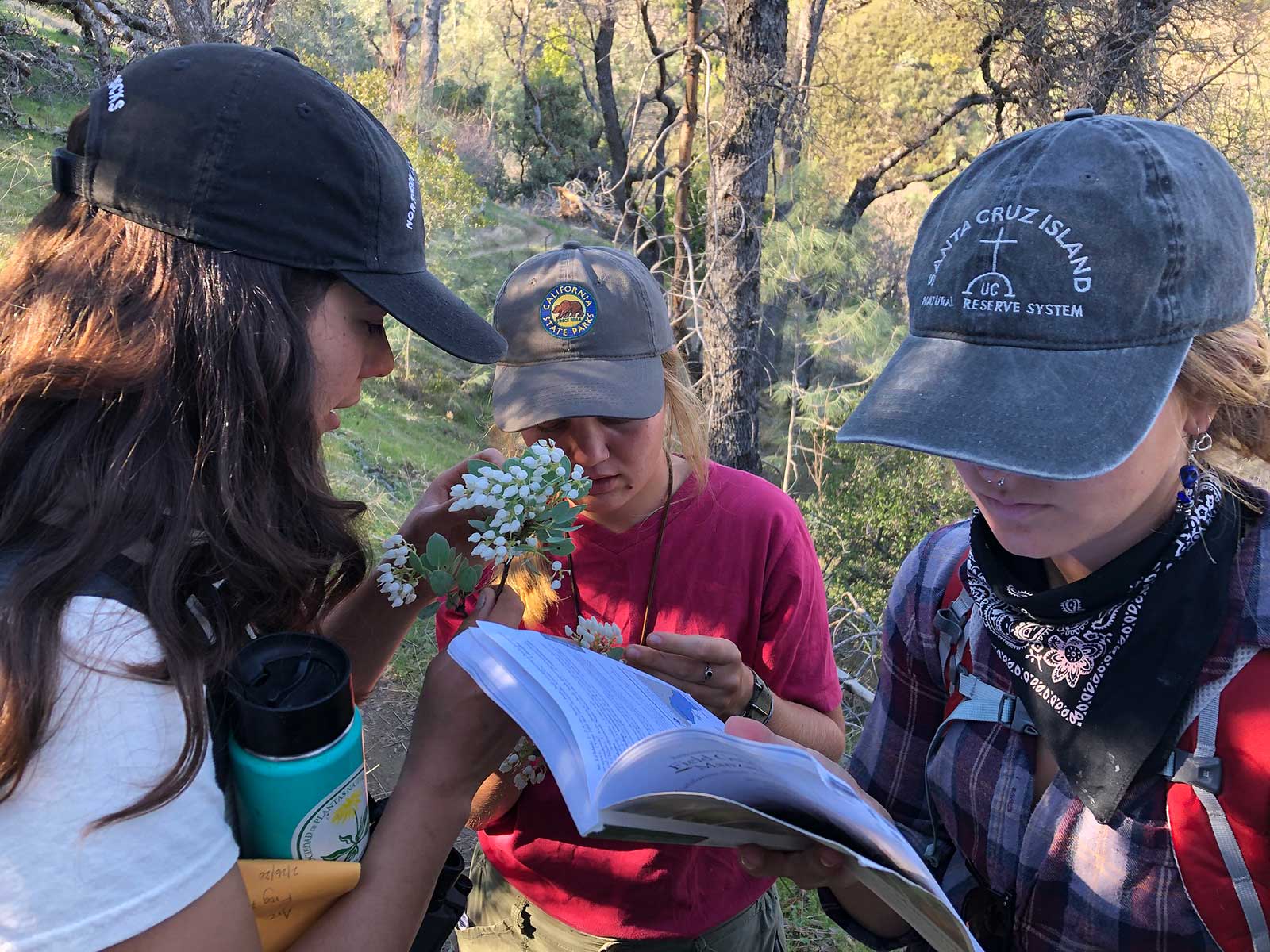
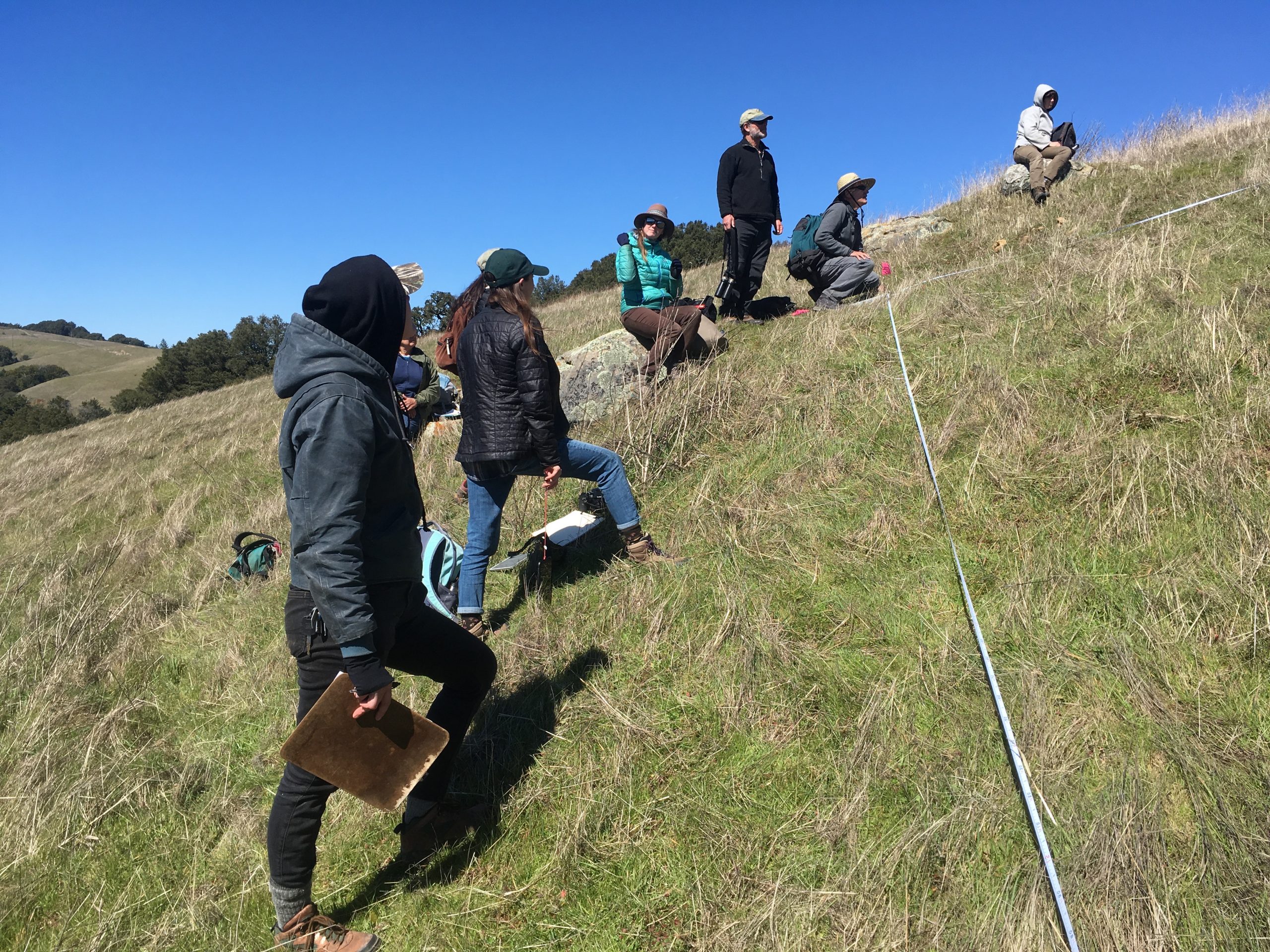
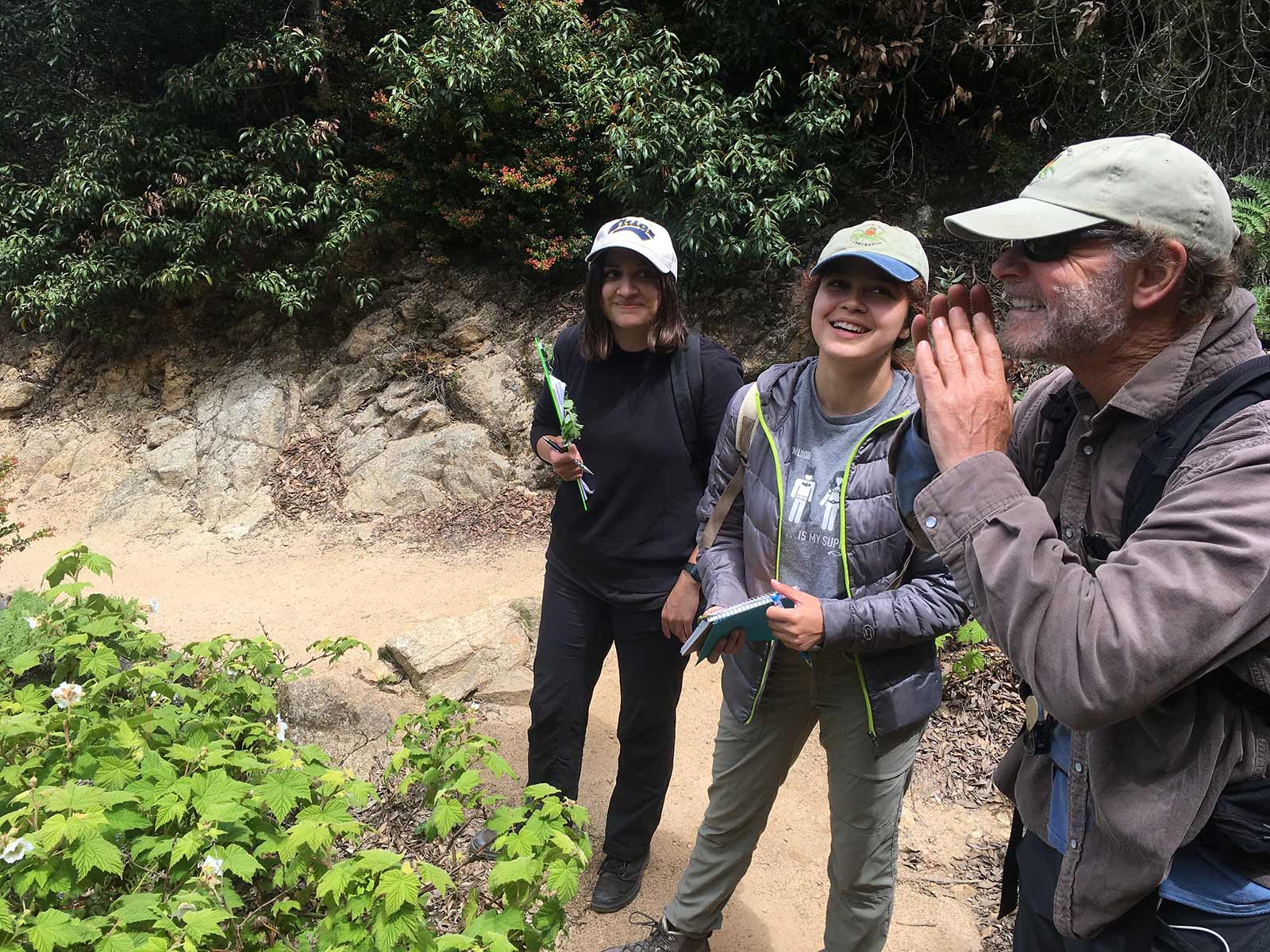
Academic learning is united with hands-on learning, as each crop of interns works with a faculty advisor as well as with Brett. Horticulture is taught through an eco-framework that covers biogeography. Students can take the course for 2-5 units. The 5-unit option gives them 15 hours to spend on the subject, largely at the garden or in the field. This wealth of time has allowed the cohorts of students to take on large projects.
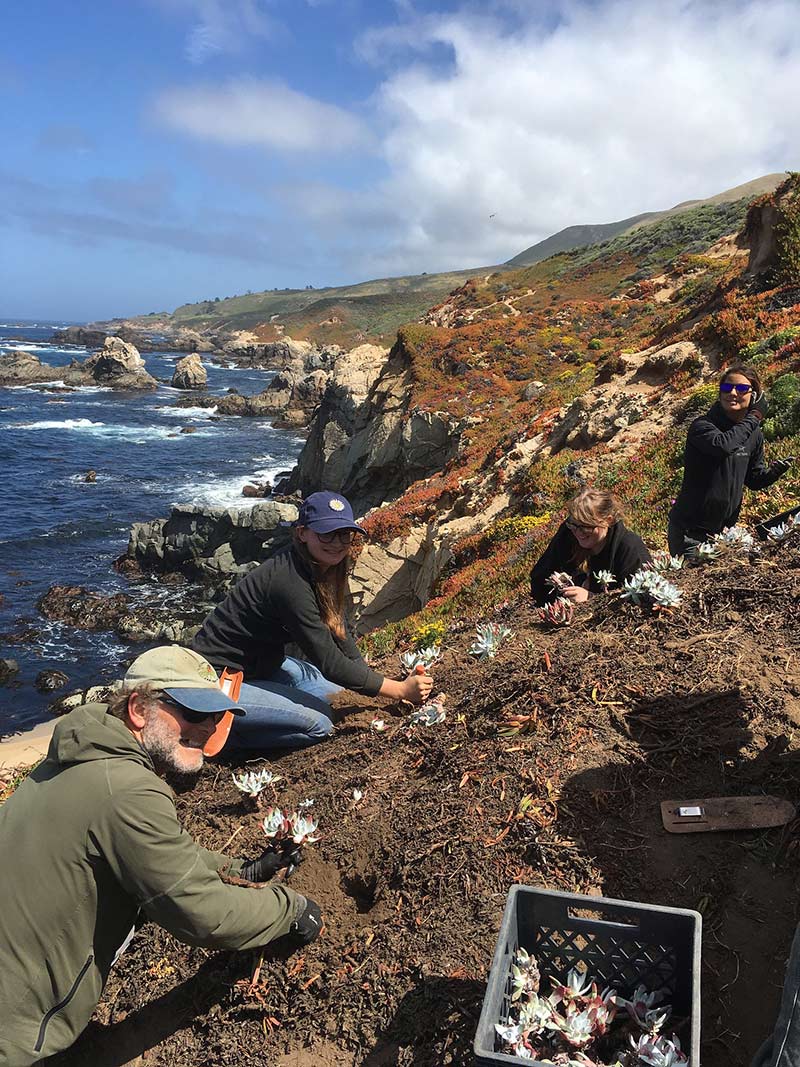

Intern accomplishments include the completion of more than 50 surveys for California’s Vegetation Classification and Mapping Program (VegCAMP), a program of the California Department of Fish and Wildlife (CDFW) supported by the California Native Plant Society (CNPS). Covering land from Golden Gate Park in San Francisco through San Mateo County to the south, the students spent weeks collecting data and performing the data entry and clean up needed to drop it into the project’s assessment format. Students have also collected seed for the BLM at the Pine Hill Preserve in El Dorado County, east of Sacramento. Using collected seed, they’ve worked to grow hundreds of plants for reintroduction in areas impacted by powerlines. These successful projects have given the students a sense of accomplishment as they learn about the state’s plants.
It’s not hard to see the benefits of the Interactive Ecology course for the Arboretum. The program allows the organization to expand its conservation work. The interns’ work has established a reputation for the program and earned contracts for the Arboretum that help legitimize the program. It has also given the Arboretum staff an opportunity to work with enthusiastic youth, providing renewed motivation. “They make us think about the future even more,” reflects Brett. “Our work seems even more vital and important when we are working with the people who will be living in the world we leave behind.” The students are bright and eager to contribute to making a safer future for plants.
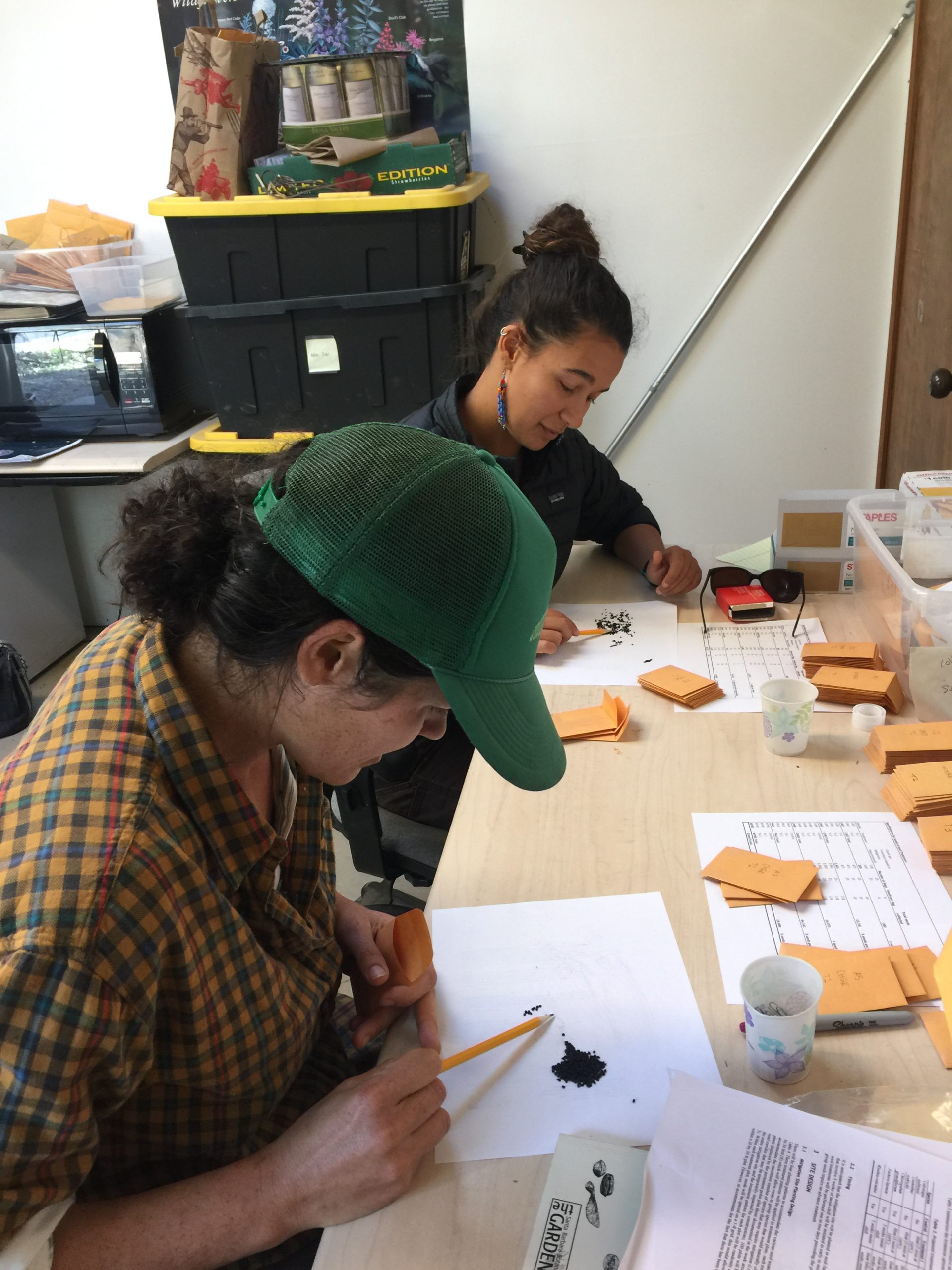
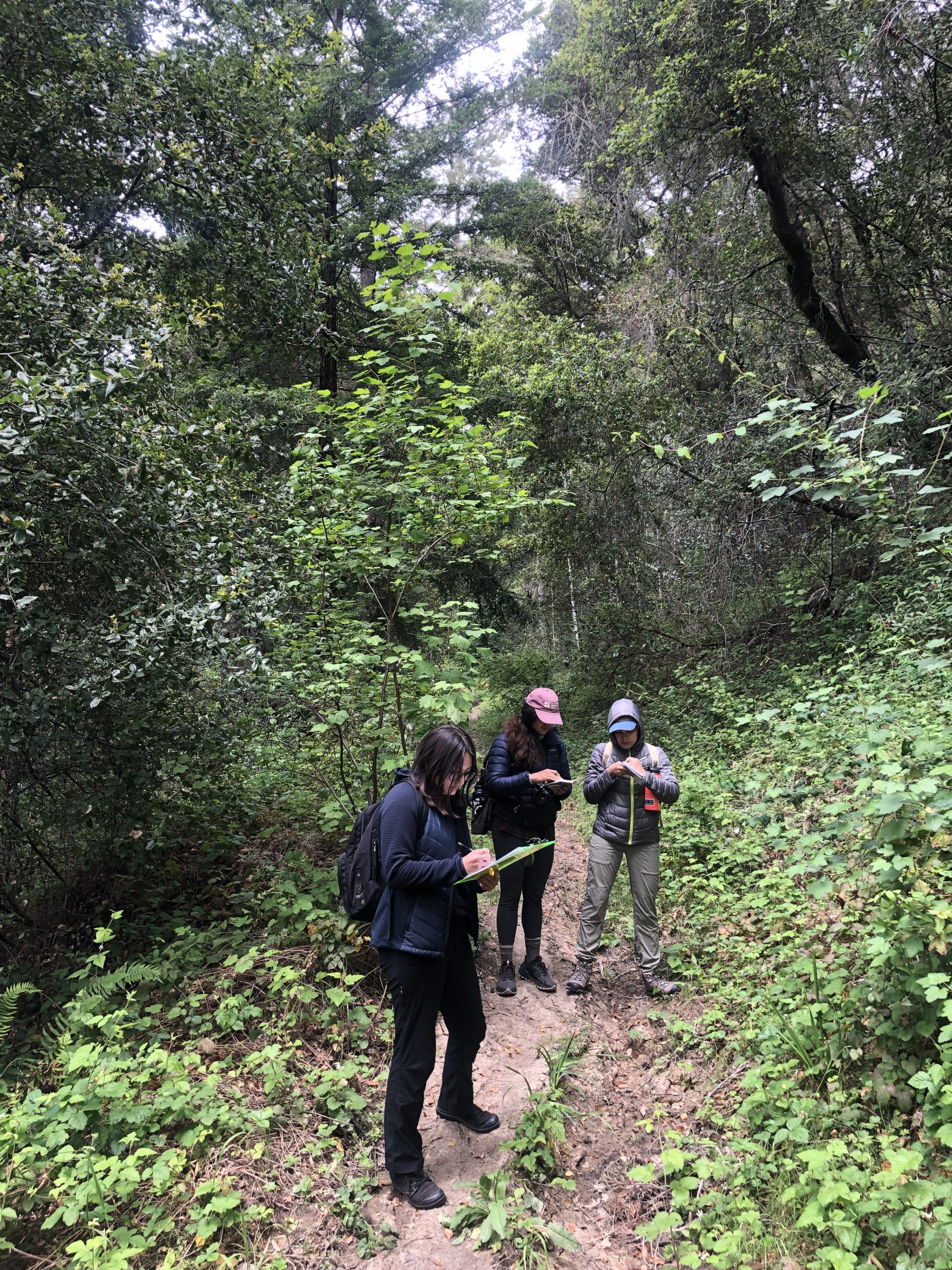
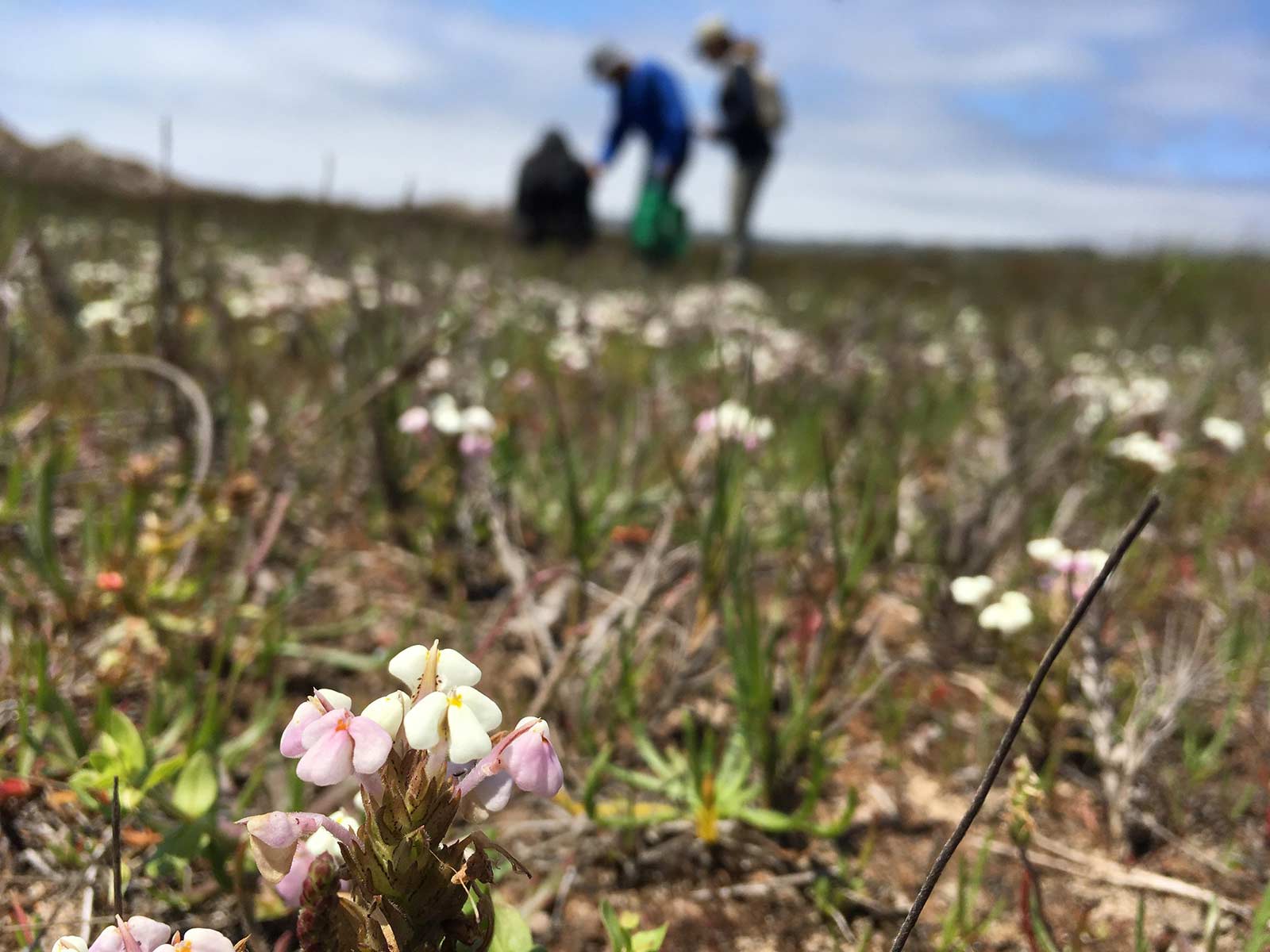
With many of the students taking the internship multiple times, Brett and the Arboretum staff have been fortunate to see students grow and evolve year after year. It’s a time of great change in their lives – which means that the learning experience with the Arboretum can have great impact. Students carry their time with the Arboretum forward. Jonathan Robbins, soon to be a teacher, continues to combine education and nature in his work and studies. Other students have taken positions with local conservation organizations, including Big Sur Land Trust, the California Native Plant Society, and even the Arboretum itself. Still others have taken the academic route, choosing to study plants in graduate programs. For Brett, it has been gratifying to see so many students pursue conservation or other plant-related work. And so the Arboretum continues to do their part to ready the next generation to save plants.
“The goal of the program is to teach as much botany as possible to students – plant identification, ecology, how to conduct vegetation surveys, horticulture, and seed conservation are all covered. “
Catherine H. Beattie was an outstanding floral arranger and gardener devoted to the preservation of wildflowers, serving as president of the Garden Club of America (GCA) from 1981 through 1983. Following her passing, the GCA established a fellowship in conservation horticulture in her honor. The fellowship serves to promote the rare and endangered flora of the U.S. through the Center for Plant Conservation. As such the CPC has worked with the GCA to solicit and review applications from graduate students conducting projects on endangered flora, especially the flora of the Carolinas and the southeastern United States. Since 1986, CPC has led the selection of 49 Catherine H. Beattie Fellows, with the GCA providing funding to support their work and helping them take steps towards furthering their careers in plant conservation. Learn about the two most recent Beattie Fellows and catch up with an alum continuing to prioritize plant conservation in her research career.
Seed Collections and Lifespans: How Much Can a Population Give?
Catherine H. Beattie Fellowship recipient Michelle DePrenger-Levin is a non-traditional student, working at the Denver Botanic Gardens while working towards a Ph.D. through the University of Colorado, Denver, Department of Systems and Integrative Biology. Her dissertation project digs into the heart of a matter of great importance to the CPC network.
Seed collection can prevent the loss of biodiversity from natural or anthropogenic events that cause the extirpation of small populations. However, removing seed from small populations can increase extinction risk. Michelle is examining how well the current rule of harvesting 10% of a population’s seeds does (or does not) balance conservation needs.
Current restrictions on seed harvest, meant to limit risk, are based on simulations of a few perennial species with limited demographic data. Michelle’s study examines the universality of the 10% threshold across lifespans, from annuals to long-lived perennials. To account for variable population responses, she uses a range of transition matrices and simulates different harvesting practices in years with high vs. low seed production.
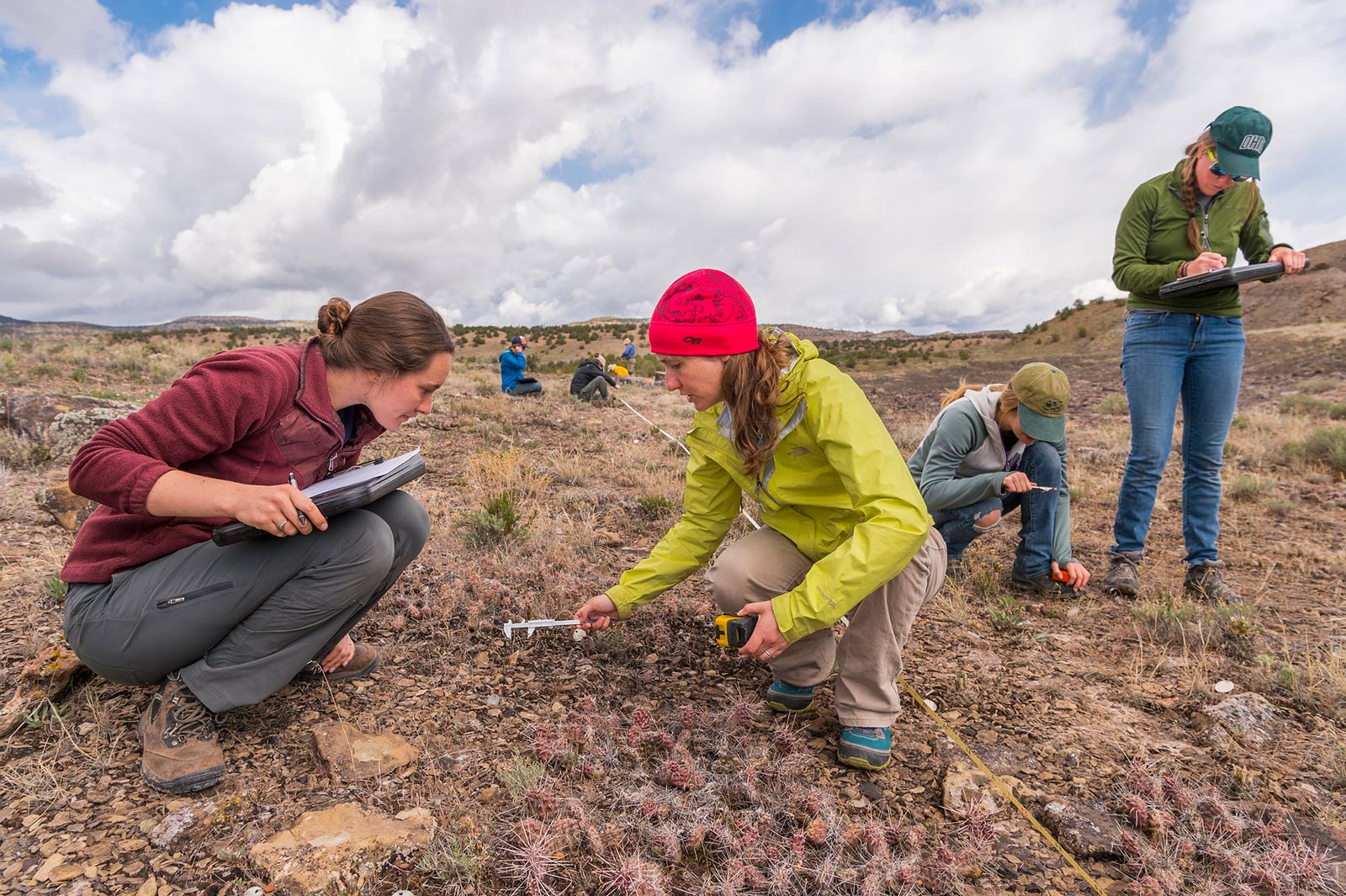
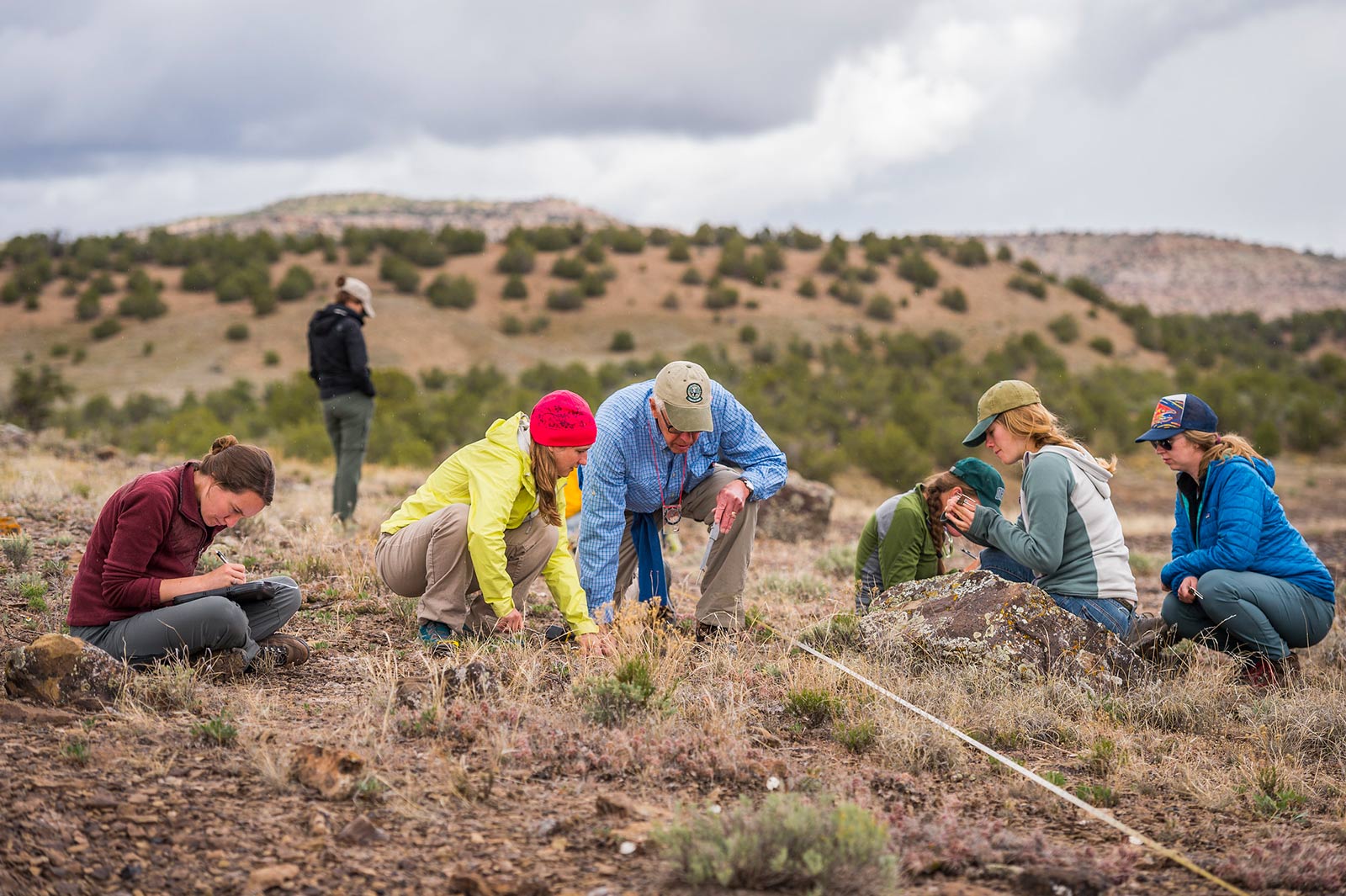
Michelle’s results thus far reveal that species vary in their response to the current 10% rule of harvest throughout their lifespan, as simulations model periods of boom or bust years. In future simulations, she will examine other scenarios that collectors face and how they make decisions to collect more or less seed. It’s clear already that the current single threshold for seed collection does not adequately address the risk to species with different traits or the practical constraints of seed harvesting. A more nuanced understanding of the impact of seed harvest on rare plants will help create flexible seed harvest thresholds that help achieve broad collection goals.
“The Catherine H. Beattie fellowship funds have helped Michelle facilitate collaborations, collect data from various sources to build matrix population models of annuals, and dedicate time to build and run simulations.”
The Catherine H. Beattie Fellowship funds have helped Michelle facilitate collaborations, collect data from various sources to build matrix population models of annuals, and dedicate time to build and run simulations. This task has proved particularly challenging in the wake of COVID-19. Pandemic-related stress and hardship have caused collaborators to turn their attention away from Michelle’s project, and the cancellation of the CPC annual meeting has limited her ability to bring all interested parties together to workshop the project. She has stepped up to this challenge with the help of virtual meetings and data-sharing platforms, and is modifying simulations to meet the data that are available.
Michelle’s project has enabled her to make connections outside her institution, collaborating with and learning from plant conservation scientists across the CPC network and beyond. These connections are just one of the aspects of her research that will enhance her conservation career. She plans to use the computational skills acquired through her degree to develop projections of rare plant responses to climate change and conservation actions. In being chosen a Beattie Fellow, Michelle is “excited to be among scientists that are furthering conservation and should be leaders in their field.” She hopes to be such a leader and start her own applied conservation program at Denver Botanic Gardens.
Reproductive Ecology of Sandhills Milkvetch: Data to Model a Species’ Trajectory
I have had the privilege to continue my work at the North Carolina Botanical Garden (NCBG), while pursuing a Ph.D. in Ecology from the University of North Carolina at Chapel Hill. My graduate studies focus on the biology and ecology of rare plants, especially the complex processes that drive population declines and contribute to the distribution of species.
This year, I have had the wonderful opportunity to be a Catherine H. Beattie Fellow. The fellowship is supporting population model studies to understand ecological processes contributing to the observed decline of a rare Southeastern endemic species, Sandhills milkvetch (Astragalus michauxii).
This year I have continued research on the reproductive ecology of Sandhills milkvetch to include collecting data on pollinator visitation, herbivory, breeding system, and pollen limitation. I also began an experiment to test the interaction of these factors with resource availability. My goal is to incorporate these data, along with climate data, into population models to explore what drives the observed annual fluctuation in reproduction and to identify conservation actions that may improve the status of this species. If climate drivers, such as temperature or precipitation, are factors driving the dynamics of this species, I plan to use the models and long-term demographic data (14 years) to project how changing climate will affect the current and future abundance and distribution of this species. Ultimately, I hope to test the modeled predictions and apply my findings to work toward recovering this and other rare species.
The Beattie Fellowship has directly affected my research and academic pursuits by providing the time and resources I need to meet my goals. Balancing work, family and school is always a challenge, and that is particularly true this year, with the new stresses and challenges presented during the current pandemic. Without this support, it would have been more difficult for me to continue my research this year.
During my time affiliated with NCBG and CPC, I have known several Beattie Fellows, all of whom I hold in high esteem. It is a huge honor to be included among them and considered worthy of this funding by CPC and the Garden Club of America. As I continue my career, I aspire to follow their leadership and make positive contributions to plant conservation.
Wild Population Conservation of Rare Plants – Then and Now
It was nearly 20 years ago that Hong Liu, Ph.D., was awarded the Catherine H. Beattie Fellowship. Working toward her Ph.D. at Florida International University (FIU), Hong used the fellowship funds to support her investigation of the impact of fire dynamics on a rare Florida keys endemic, narrowpod sensitive pea (Chamaecrista lineata var. keyensis). The fellowship, as well as her research, were important steps on her path to becoming a plant conservationist.
The U.S. Fish and Wildlife Service (USFWS) supported Hong’s research on how rare plant species were being impacted by a fire management program designed to provide forage for the endangered Key deer, an endangered species. Though the pine rockland habitat supported many species adapted to fire and shallow limestone soils, Hong found that not all fires are created equal. In early summer, the sensitive pea sinks its resources into flowering and is most vulnerable. Fires occurring in this season prevented the plants from reproducing and were more likely to outright kill them. In contrast, late August fires allowed for the survival of plants and the recently matured seed. When the narrowpod sensitive pea was eventually listed through the Endangered Species Act, Hong’s dissertation (five years of field work and simulation modelling) became part of the backbone of the USFWS’s management plan on the refuge where she conducted her fieldwork.
This fieldwork was central to the project’s success, and the Beattie funds helped get the fieldwork done. With freedom to use the funds as needed, Hong was able to buy needed field supplies and hire undergraduate assistants to help her collect data at her numerous plots. Perhaps more importantly, the Beattie Fellowship was a confidence boost for Hong: “To have my idea endorsed by a national plant conservation organization made me very proud.”
In some ways, things have not changed much for Dr. Hong Liu since her Beattie Fellowship. She still conducts plant conservation research through FIU – only now as an associate professor in the Department of Earth and Environment and researcher in the FIU Institute of Environment. Her many research projects have focused on wild populations of endangered species. They include examining the impacts – and ways to reduce the impacts – of collecting pressure on wild orchids, the role of climate change on species, and the impact of biotic interactions on population persistence and expansion. In a current project, Hong is comparing populations of orchids that are rare in Florida (their northern distribution limit) to more populous communities of the same species in Cuba. She continues to work with pine rockland species, extending her studies to other rare plant species in this dwindling habitat type.
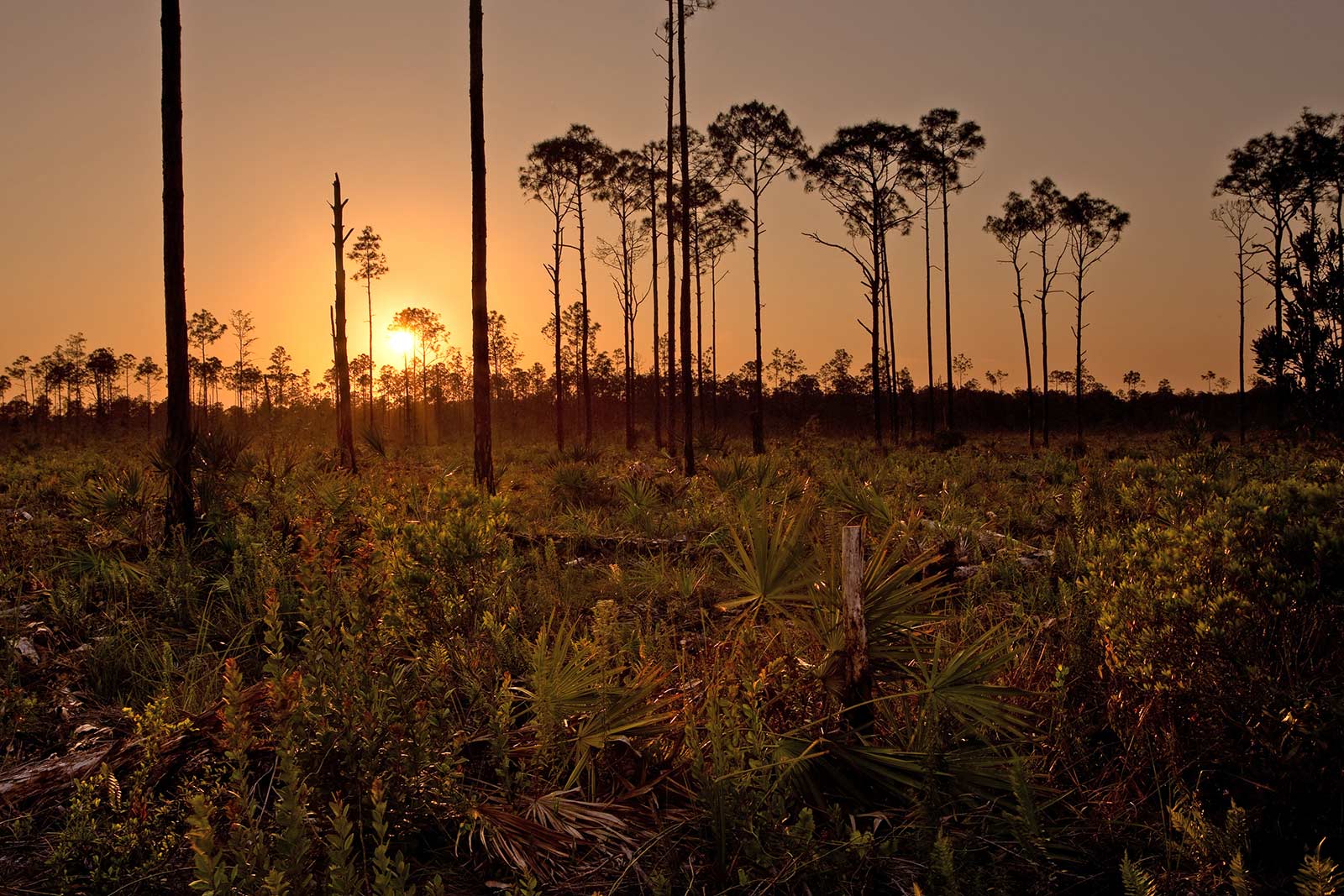
But Hong hasn’t forgotten the plight of narrowpod sensitive pea. She is presently seeking support for a restoration project that will help the species become established on higher-elevation islands in the Keys, to enable the plant to survive rising sea levels. Her forward-thinking work continues to make a significant contribution to the long-term survival of endemic species in Florida.
“This fieldwork was central to the project’s success, and the Beattie funds helped get the fieldwork done.”
As Seen on CPC’s Rare Plant Academy
Master’s student Gavin Shotts was awarded one of the 2019 Beattie Fellowships and presented some of his research at this year’s preCOVID-19 Southeastern Partners in Plant Conservation Conference. His studies focus on how an understanding of pollination ecology can help conserve rare and threatened flora, with a focus on threatened pinkroot (Genus Spigelia) species in the southeast. In this conference video he presents a framework for applying insights from pollination ecology to species recovery.
Conservation Champion
Wendy Gibble, Associate Director, University of Washington Botanic Gardens
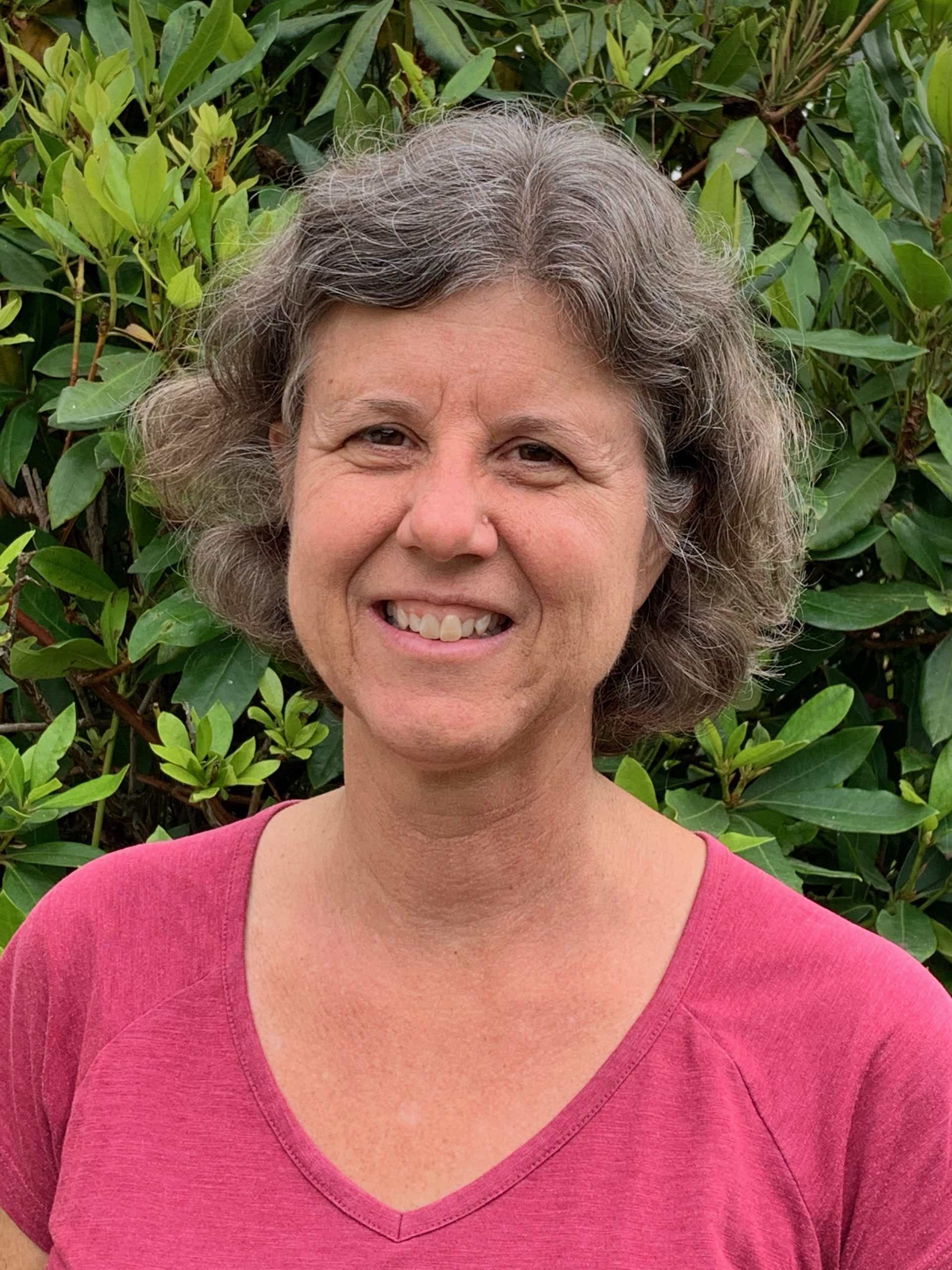
Sharing experiences with rare plants has become a way of life for Wendy Gibble, our Conservation Champion for September 2020. Wendy has steadily grown the Rare Care Program, which builds partnerships with federal, state, and local agencies to provide critical information needed in the conservation and recovery of 350 Washington native rare species. Under Wendy’s guidance, citizen scientists and students participate in rare plant monitoring, ex situ conservation, reintroduction, and education. Her efforts to combine good research with land manager needs has gained her great respect as a conservation leader. We thank Wendy for her dedication to rare plant conservation.
When did you first fall in love with plants?
While conducting raptor surveys in the Falkland Islands in 2001, I had an opportunity to spend a couple of weeks exploring one of the outer islands. The island held nesting colonies for millions of seabirds, including albatrosses, penguins, and a small petrel known as a prion. Historically, the island had been grazed by cattle and sheep. I observed how these past and current uses impacted the vegetation and was very interested in the landowner’s plans to restore the ecosystem and create a wildlife sanctuary. That prompted me to return to school to pursue a degree in plant ecology, where I studied mechanisms of plant invasion on prairies in the Puget Sound area. These experiences changed the way I looked at the landscape. I developed a strong interest in understanding why different plants and vegetation communities occur at particular sites and not others. I also became enthralled with the diversity of plants and continue to be delighted every time I meet a new plant.
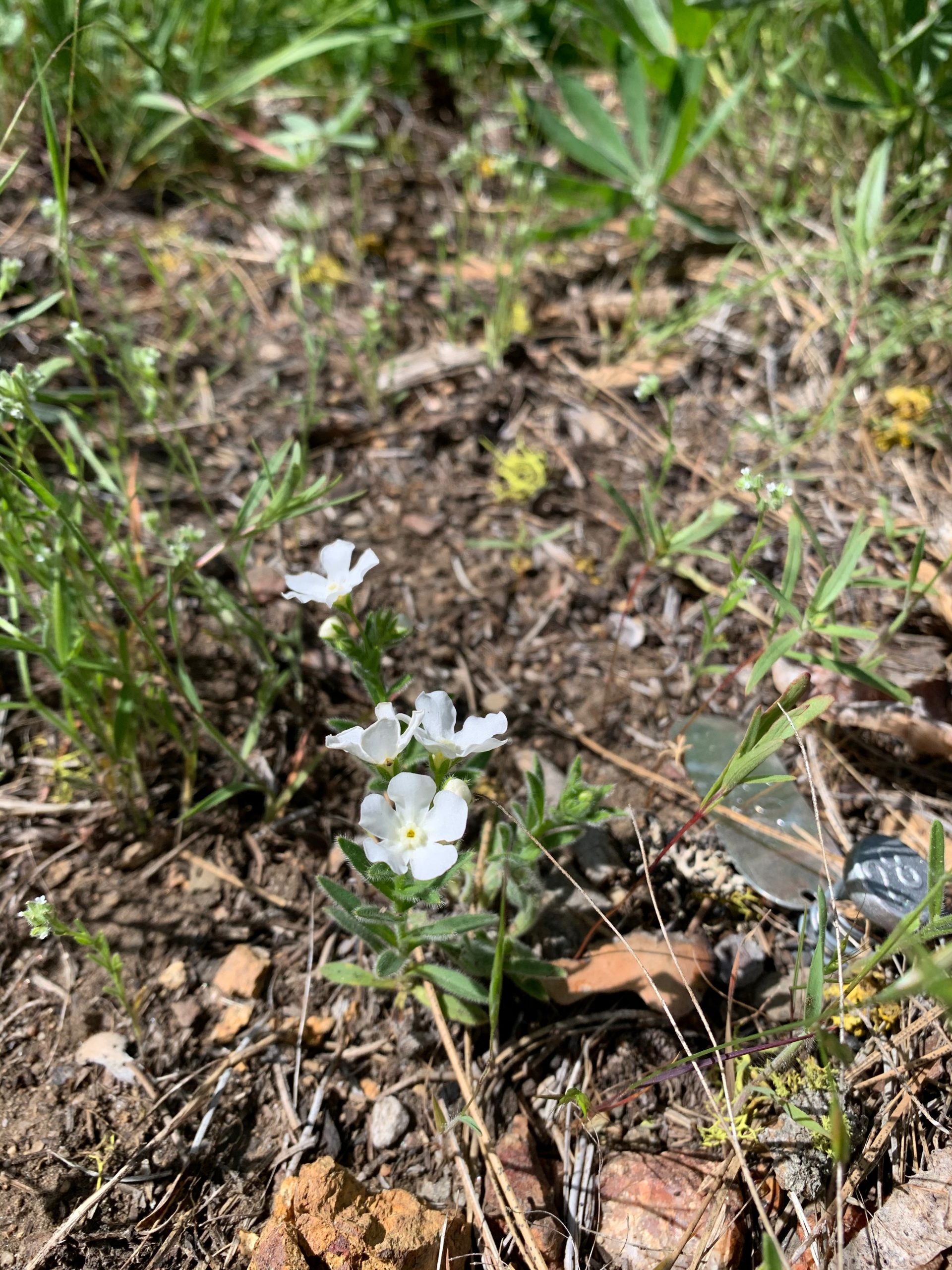
What was your path to becoming a botanist with the Manager of Conservation and Education at UW Botanic Gardens?
I was working as an environmental engineer at the time I volunteered in the Falkland Islands. Some of my work involved construction management for water resource projects, such as drinking water supplies, fish rearing, and passage projects. Through I generally enjoyed all of those projects, I felt a growing desire to spend my days working more directly with habitat management and conservation. My volunteer experiences pushed me back to school. From there, I had the good fortune of being in the right place at the right time. I was just finishing my master’s degree at University of Washington when the botanist position became available at UW Botanic Gardens. I knew Dr. Sarah Reichard, the director and founder of Rare Care, from a class I had taken with her. This position offered a good opportunity to gain experience in plant conservation and work with some of the scientists and land managers active in the field. I was just starting out in this field, so I thought I would spend several years with UW Botanic Gardens and then move to a position where I could work more directly on managing and restoring natural areas. After a couple of years, however, I discovered how much I loved working on plant conservation at a botanic garden and the opportunity it gave me to work closely with students and volunteers throughout the state.
What about working with plants has surprised you?
I’m not sure that anything has surprised me. I continue to be fascinated by the question as to why certain plants are restricted in their distribution and abundance, and I enjoy puzzling out what factors contribute to patterns we observe with rare plants. In my current position, I work on the recovery of several listed species. It affords me the opportunity to dive into these questions, conduct research to learn more about these species, and contribute to their conservation.
What about working with students (interns, volunteers, as researchers, and/or in classroom or outreach settings) has surprised you?
Being at a university provides many opportunities to work with both undergraduate and graduate students. I discovered how much I enjoy teaching, especially being able to work one-on-one to share my knowledge and give students an opportunity to work on plant conservation projects. This is one of the most rewarding parts of my job. I love seeing students, as well as the many volunteers that I work with, get excited about plants. The excitement come through in their blogs, as shown by our most recent Rare Care interns, Marina Kochuten, Callie Zender and Maya Kahn Abrams.
What is the most challenging aspect of your work?
In plant conservation work, we come across species that appear to have the deck stacked against their survival. Whether because of loss or degradation of habitat, changing climate, introduced pests and diseases, or other confounding factors, the likelihood of some of the most imperiled species to survive without ongoing interventions is low. Working with these species is particularly challenging. Years of work can yield very little progress. Despite this, we continue to try new approaches and experiment with different interventions, and, every once in a while, we take a step forward in their recovery.
What current projects or approaches in plant conservation or education excite you most?
I am really enjoying a project we are currently working on with the National Park Service. We are evaluating the vulnerability of rare and endemic alpine plants to climate change in three national parks in Washington State and setting up permanent monitoring plots to track how populations of these species persist over the coming decades. The distribution and abundance of some of these species are not well documented and no information exists about their life history and ecological niches. Establishing baseline data, such as the extent and size of the population and characteristics of their habitat, is critical to understand their vulnerability to climate change and to allow future assessment of how they are responding to warming temperatures and decreased snowpack. Each summer, we hire two interns to work on this project. It is a great opportunity to get recent graduates excited about botany and to gain experience working in remote locations collecting scientific data while contributing to plant conservation.
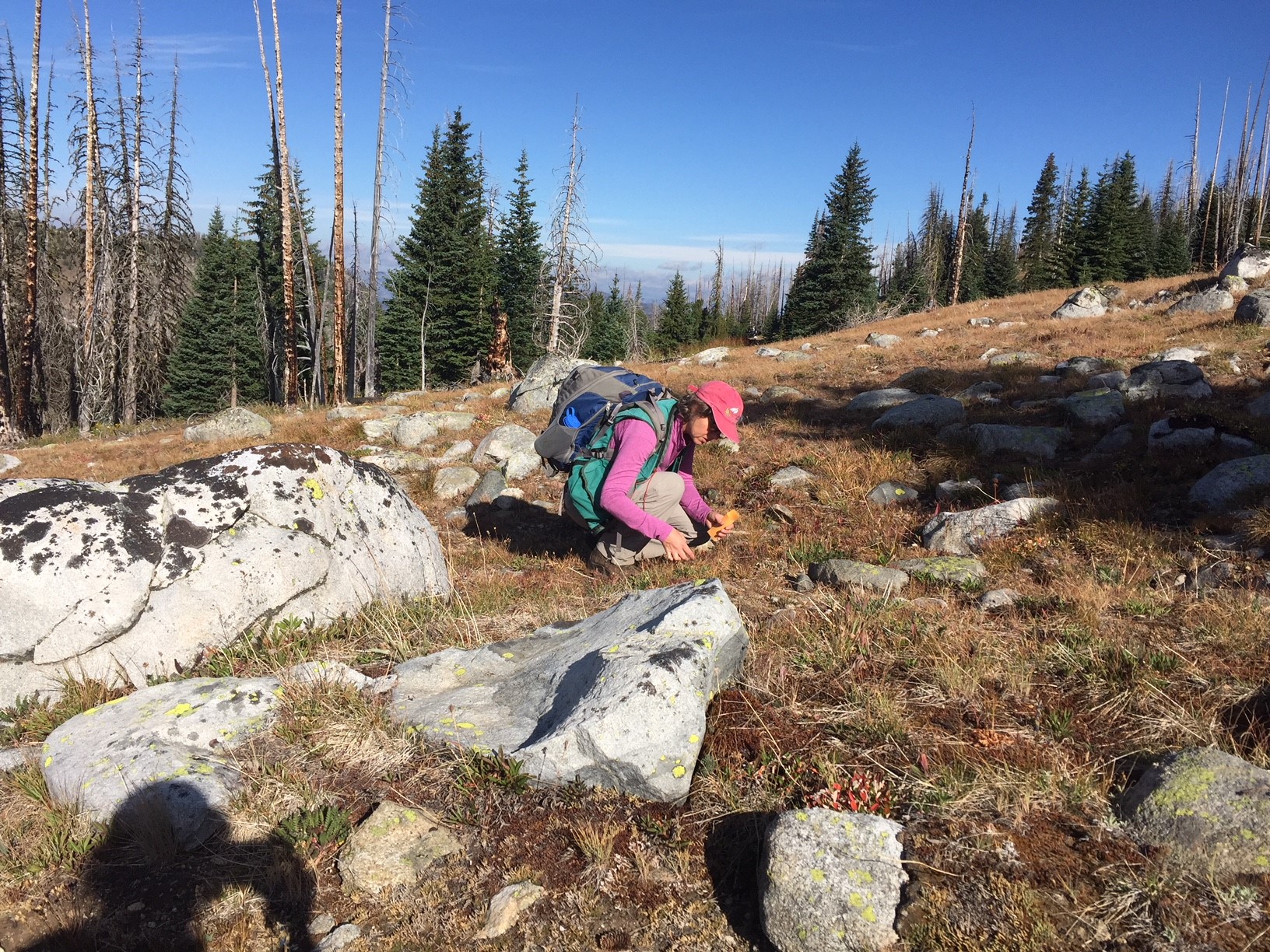
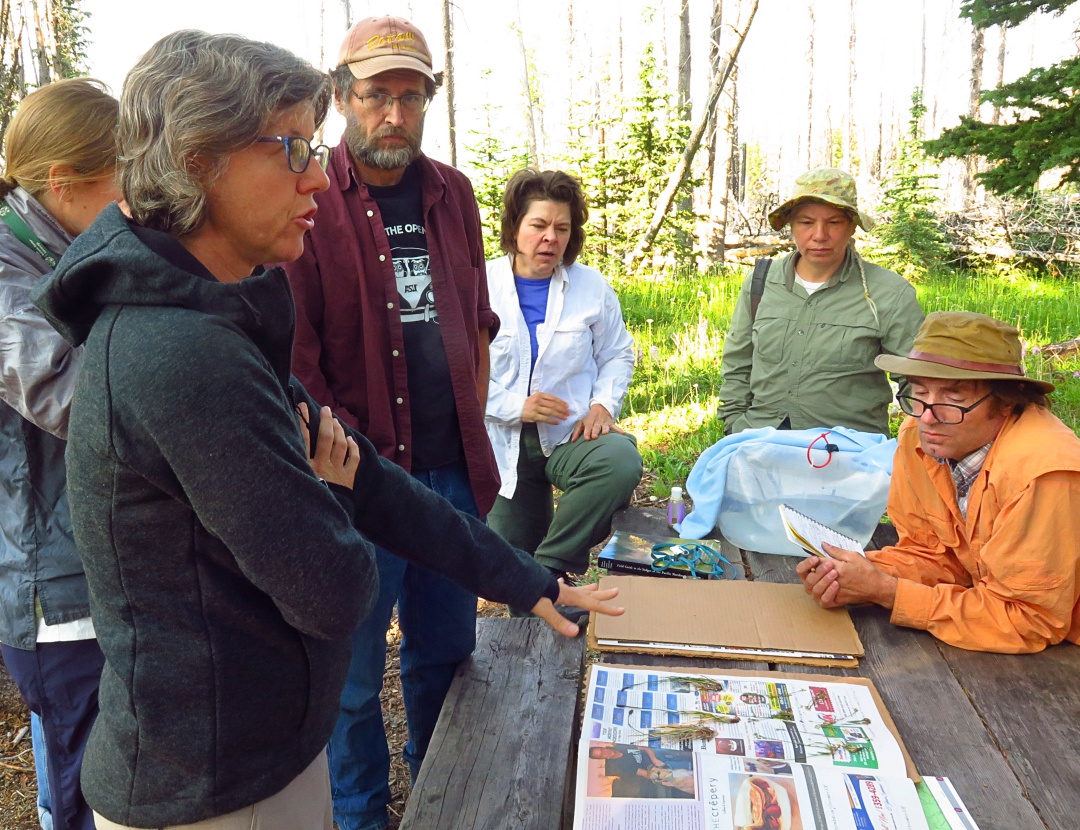
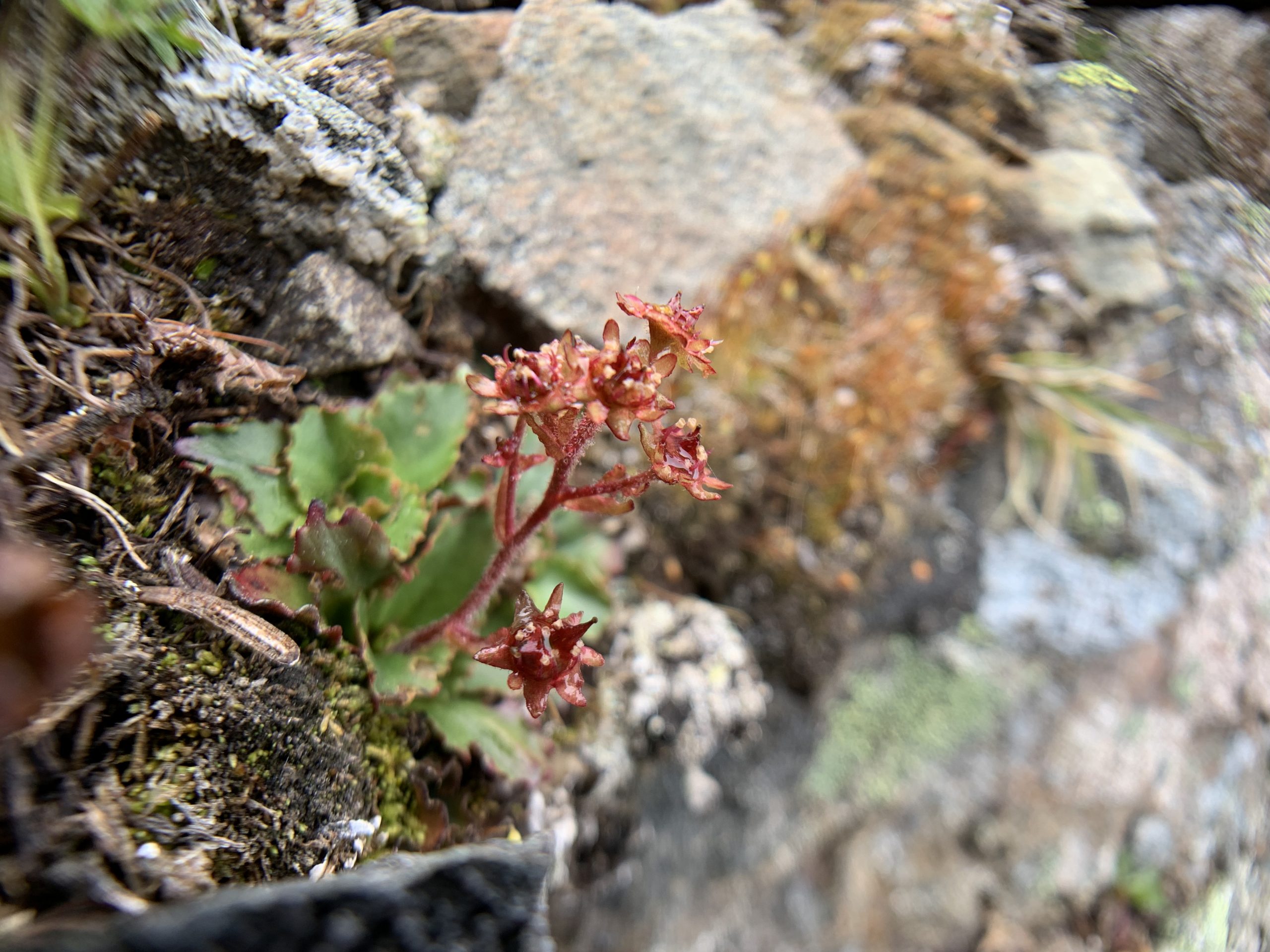
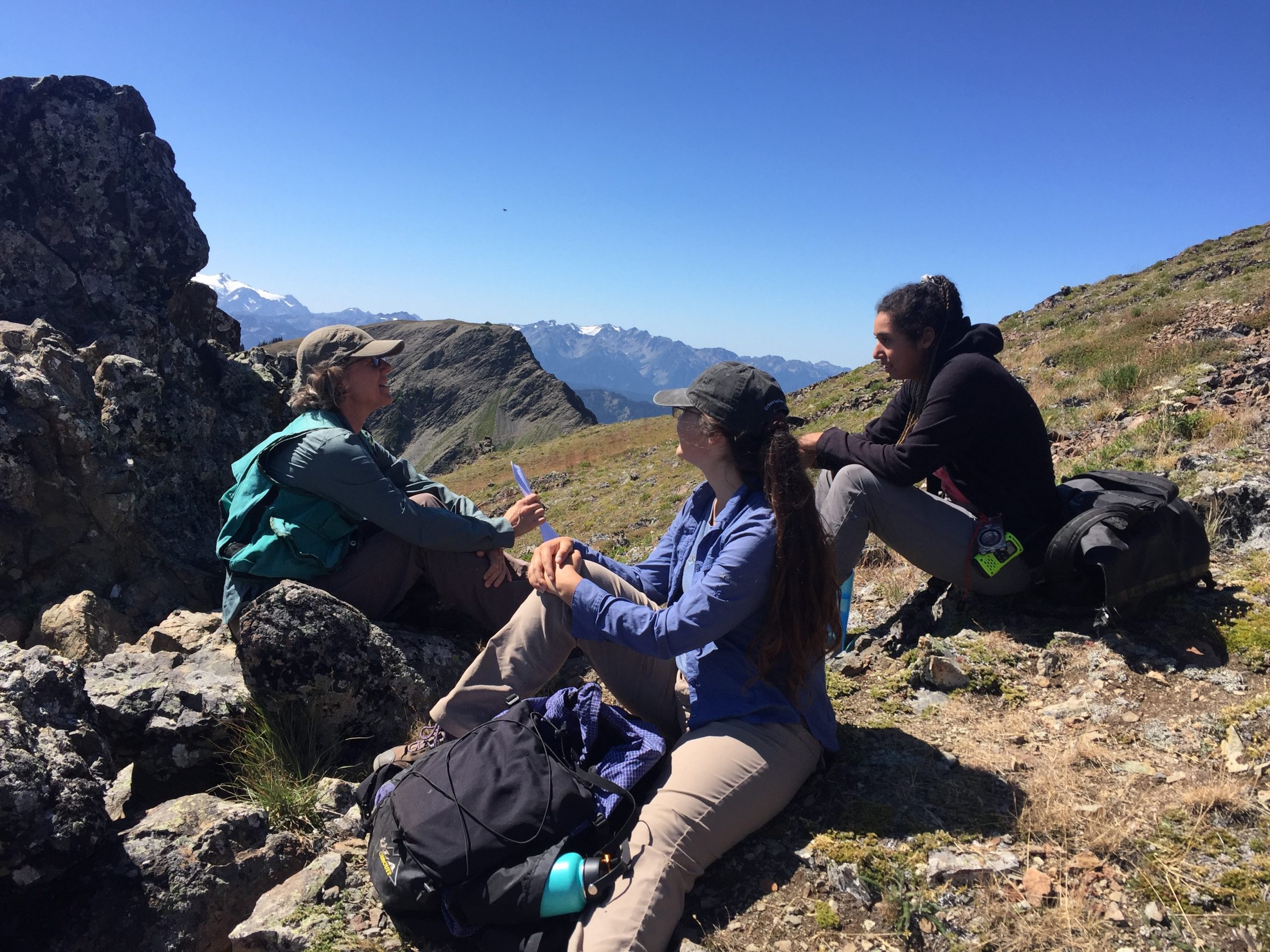
All photos courtesy of Wendy Gibble unless otherwise noted.
Get Updates
Get the latest news and conservation highlights from the CPC network by signing up for our newsletters.
Sign Up Today!
State of the World’s Plants and Fungi Virtual Symposium
Online worldwide (over three shortened days, to accommodate participation across different time zones)
In conjunction with the publication of a groundbreaking report, scientists, policymakers, businesses, NGOs, the public and media will come together online for the State of the World’s Plants and Fungi Virtual Symposium.
Plants and fungi are the building blocks of our planet, with the potential to solve urgent problems that threaten human life. These vital resources, however, are being compromised by biodiversity loss and now, more than ever, we need to explore the solutions that plants and fungi could provide.
In September 2020 we will be publishing, in collaboration with international researchers, the very first State of the World’s report that combines both plants and fungi. The report takes a deep dive into how we currently use plants and fungi, what we are missing and what we are at threat from losing.
This online symposium brings together experts to discuss findings presented in the report and to motivate actions for protecting and sustainably using the world’s plant and fungal diversity. The outcomes of the discussions will be used to inform policies and research aimed at exploring and sharing knowledge and benefits associated with plants and fungi around the world.
By holding the symposium online, we’re able to bring together even more people globally – representing a diverse range of skills, experience, and ethnic backgrounds. Through our virtual platform’s live text chat and face-to-face video conferencing facilities, delegates will be able to network, contribute to the debate, present their results, and spark new collaborations.
Learn MorePlease join The Morton Arboretum for the virtual 2020 Midwest Tree and Shrub Conference: Diverse Plantings for a Resilient Future.
In this two-day online conference on the selection and care of Midwestern trees, shrubs, and woody plants, leading designers and plant experts will help participants rethink the way they choose and manage trees and shrubs. The program will be held online during two Thursday morning sessions and will include lively presentations of the best new information on the selection and care of hardy, versatile trees and shrubs.
When: September 17 and 24, 2020, from 8:30 a.m. to 12:30 p.m.
Presenters:
Craig Bergmann, RLA, ASLA, President, Craig Bergmann Landscape Design, Inc.
Fredric Miller, PhD, Professor of Horticulture, Joliet Junior College and Senior Scientist,Entomology, The Morton Arboretum
Chad Rigsby, PhD, Research Scientist and Technical Support Specialist, Bartlett Tree Research Laboratories
Allyson Salisbury, PhD, Postdoctoral Research Associate, Arboriculture, The Morton Arboretum
Lydia Scott, Director, The Chicago Region Trees Initiative; The Morton Arboretum
Todd West, PhD, Director, North Dakota State University Woody Plant Improvement Program
This conference will be valuable for anyone who is interested in trees and shrubs, from avid home gardeners and landowners to green-industry professionals, such as nursery practitioners, arborists, estate gardeners, land managers, landscape designers, landscape architects, landscape contractors, parks and recreation professionals, and municipal foresters. The conference will provide cutting-edge information and networking opportunities for a broad range of audiences and professions.
Learn MoreWays to Help CPC

Support CPC by Using AmazonSmile
As many of us are now working from home and relying on home delivery more and more, we wanted to remind you that you can keep your home stocked AND SavePlants. If you plan to shop online, please consider using AmazonSmile.
AmazonSmile offers all of the same items, prices, and benefits of its sister website, Amazon.com, but with one distinct difference. When you shop on AmazonSmile, the AmazonSmile Foundation contributes 0.05 percent of eligible purchases to the charity of your choice. (Center for Plant Conservation).
There is no cost to charities or customers, and 100 percent of the donation generated from eligible purchases goes to the charity of your choice.
AmazonSmile is very simple to use—all you need is an Amazon account. On your first visit to the AmazonSmile site, you will be asked to log in to your Amazon account with existing username and password (you do not need a separate account for AmazonSmile). You will then be prompted to choose a charity to support. During future visits to the site, AmazonSmile will remember your charity and apply eligible purchases towards your total contribution—it is that easy!
If you do not have an Amazon account, you can create one on AmazonSmile.
Once you have selected Center for Plant Conservation as your charity, you are ready to start shopping. However, you must be logged into smile.amazon.com—donations will not be applied to purchases made on the Amazon.com main site or mobile app. It is also important to remember that not everything qualifies for AmazonSmile contributions.
So, stay safe inside, and when ordering online, remember you can still help save plants. Please feel free to share this email with your friends and family and ask them to select Center for Plant Conservation.
Thank you all for ALL you do.
Donate to CPC
Thank you for helping us save plant species facing extinction by making your gift to CPC through our secure donation portal!
Donate Today

